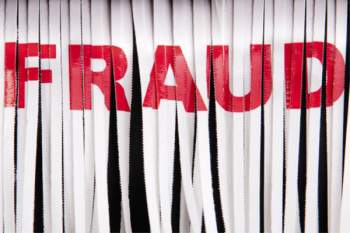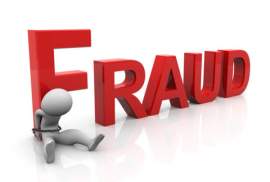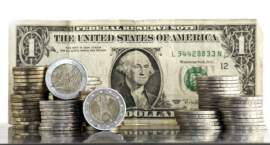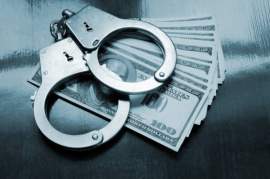
What Are The Means of Counterfeiting

Some counterfeiters, like professionals in any other business domain, are not particularly skilled or driven as evidenced by some fraudulent currency in which Andrew Jackson appears scribbled by a child onto the front of a twenty dollar bill. These highly detectable counterfeits do not pose much of a problem to anyone. However, it is the organized, dedicated, and meticulous counterfeiters that must be guarded against, and their counterfeits must be prevented from entering the marketplace and causing harm to individuals and businesses alike. One aspect of fraud that is specifically enticing to counterfeiters is the creation of illegitimate holograms. Holographic images are often placed on important documents or items to serve notice that a given document is authentic. Creating these types of counterfeits can be extremely lucrative and net experienced and successful counterfeiters astronomical financial gains while simultaneously costing those they are duping large quantities of money as well. Counterfeiters can reproduce holograms by simply utilizing an original as a mold. This mold can create a dye of the hologram that can then be embossed into a material such as PVC. This technique is quite effective, is cost efficient, and produces counterfeits that are often indistinguishable from original holograms even to the eye of a trained expert in counterfeits. Another favorite target of counterfeiters is currency, and modern technology such as high quality scanners, copiers, and printers have given counterfeiters the ability to formulate counterfeits of higher quality. Nevertheless, United States currency possesses numerous safeguards to protect against counterfeiters set on creating their own personal treasuries. For example, the one hundred dollar bill contains a security thread comprised of polyester that will turn red when exposed to ultraviolet light. This strip of polyester proves difficult for many counterfeiters to reproduce, and also bars individuals the capacity to clean smaller bills with bleach in the endeavor to reprint a one hundred dollar bill on its surface. Additional security features seen in the one hundred dollar bill are color-shifting ink, the intaglio printing method, and the use of high resolution printing. The unique color-shifting ink of the one hundred dollar bill makes the number "100" appear black when viewed from one direction, and green when examined from another. Intaglio printing prints the design of the one hundred dollar bill onto paper with a force of nearly fifteen thousand pounds per square inch. Many home and industrial quality printers cannot utilize this amount of pressure for counterfeiters. Lastly, United States currency is often printed at a very high resolution commonly unattainable for counterfeiters, which can make their counterfeits highly detectable. Due to these security measures and others, more than ninety percent of the currency created by counterfeiters is confiscated prior to entry into circulation. Counterfeits exist in numerous arenas, and can prove to be quite profitable for counterfeiters. Technologies such as those used by the United States Treasury in their production of currency may quell some of this systemic problem.



















